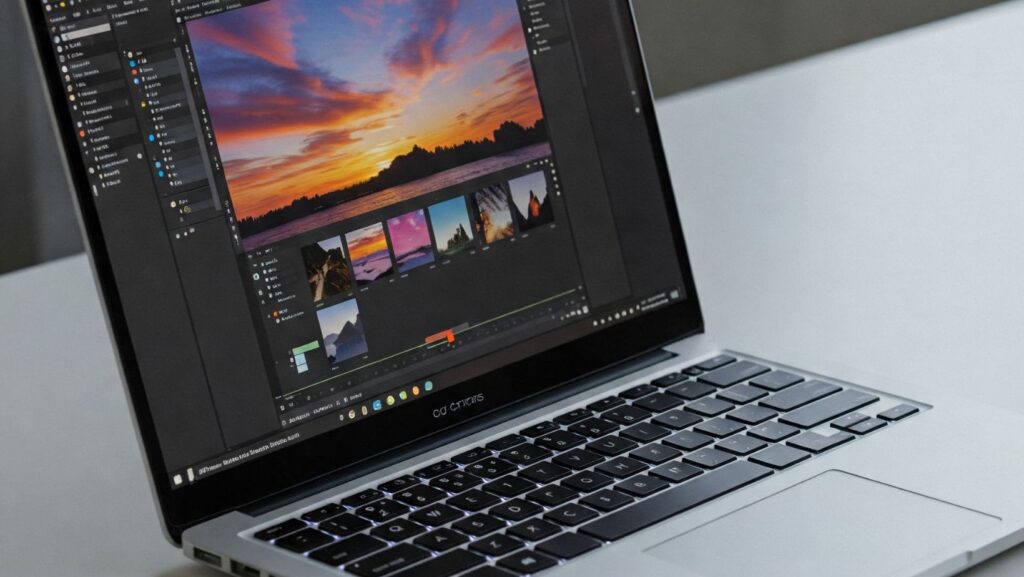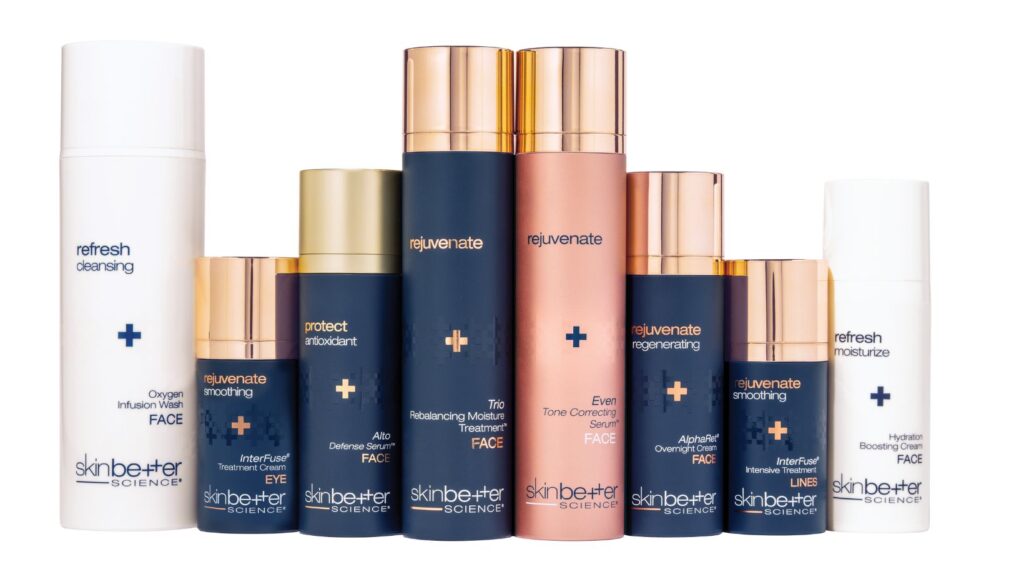Photography has never been solely an artistic endeavor, nor does it require any specific technical skill. Rather, it depends on both skills and intuition. However, lately, artificial intelligence has entered the playing field, and the editing of photos has undergone a drastic transformation. Where photo editing used to be limited to simple filters and minor touch-ups, nowadays, a widespread choice in terms of editing is on the demanding level, represented by powerful AI-based tools that can fix an image in a matter of minutes, often with just one click. Now, here is a major question that all photographers face in our time. Is AI truly capable of elevating your pictures to the level of professional photographs, and is it on the verge of surpassing humanity in creativity?
How AI is Transforming Professional Photo Editing
AI editing refers to the editing of images that is performed through artificial intelligence to enhance or alter an image. Photographers no longer need to go through the tedious task of adjusting their brightness, contrast, or sharpness individually; instead, the software used is smart and automatically corrects the issues. What can AI do with your photos?
- Automatic Retouching: AI identifies issues such as uneven lighting, blemishes, or red-eye, and fixes them instantly without your intervention.
- Style Transfer: Have you ever wished you could take a picture with the style of a cultural photography legend such as Ansel Adams or Annie Leibovitz? They have individual styles, and AI can examine their peculiar patterns and directly incorporate them into your images.
- Fast Workflow: The less time we spend in front of the computer, the more opportunities we have behind the lens, resulting in increased productivity and flexibility to unleash our creativity.
Examples of AI-Enhanced Photography Tools
There are numerous AI-powered photo editors available to photographers these days. An example is the Neural Filters in Adobe Photoshop, which transform the way portraits are edited. These filters remove blemishes, perfect a face or neckline, or soften the skin effortlessly in a natural way, whereas the manual process would have been arduous before. Luminar Neo AI turns ho-hum skies into jaw-dropping skyscapes on autopilot, where the manual method previously required hours of complex masking and stacking. In the meantime, Topaz Labs is exceptional in sharpening images and reducing noise, bringing fuzzy or grainy shots back to life with remarkable clarity. Such tools not only accelerate the process but also enable photographers to focus on creativity and storytelling, rather than wasting time on editing.
Unusual Uses of AI in Photo Editing
Machines with AI give photographers the freedom they never dreamed of before. Instead of merely enhancing conventional edits, AI has enabled photographers to be more experimental and create imagery that, at times, sparks controversy—for example, creative apps like Undress. The app’s AI nude maker demonstrates how AI can push photography into new, provocative areas. It is scandalous, yet extremely popular as an example of the radical creativity that AI editing can introduce.
Here are three unusual but popular AI uses:
- Digital Clothing-Realistic AI Apps: AI realistically applies or deletes digital clothes.
- Emotion Divestment: AI has a natural ability to express emotion, converting frowns to smiles or sadness into joy within a moment.
- Age and Appearance Changes: AI persuasively revoluntizes visual storytelling by transforming a person in seconds regarding age, hair, or makeup.
Possible Drawbacks and Criticism
Although the potential of AI is very remarkable, some photographers are afraid that it is stealing the soul of creativity. The authentic fear among professionals is the threat of losing imagination. What is going to happen when AI perfectly edits everything in one click?

Where is the creativity or the personality? Ethical issues also arise, such as using AI to create nudes or even one of those emotion changers to produce more fantastical or even deceitful imagery. Would this scuttle a relationship between audiences and photographers? Another concern is the loss of skills. Photographers may not learn critical techniques at all when AI performs all these tricky edits. Now, imagine losing your editing prowess when software would always come to your rescue? Being over-dependent on AI to an extent can be detrimental to your development as a photographer.
What to Expect in the Future
Artificial intelligence is radically transforming the profession of photography, making it faster, more accurate, and sometimes highly controversial. Nevertheless, human creativity remains the core of powerful photography despite all the innovation. Artificial Intelligence would never displace the true imagination, zeal, or narration, but it can only supplement them. Yes, photography may still evolve even with more sophisticated AI tools, but photographers who do not leave their creative expression will still dominate in the industry. And after all, what appears to be the greatest of all other tools is AI, which helps photographers bring their imagination to life faster, easier, and more artistically. After all, one would not want to spend most of the time editing rather than actualizing the unique vision as much as possible.


